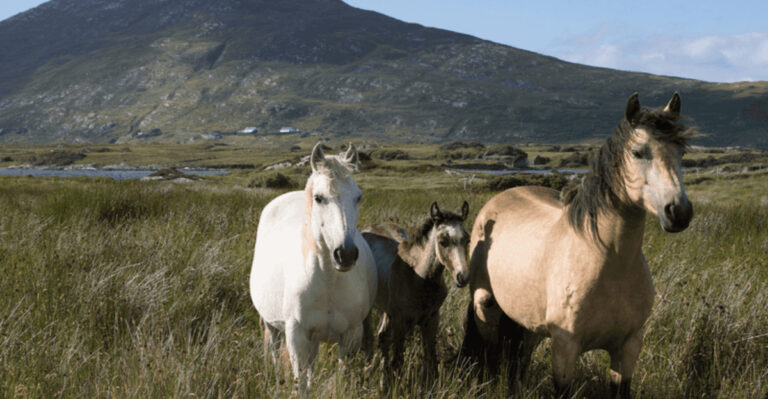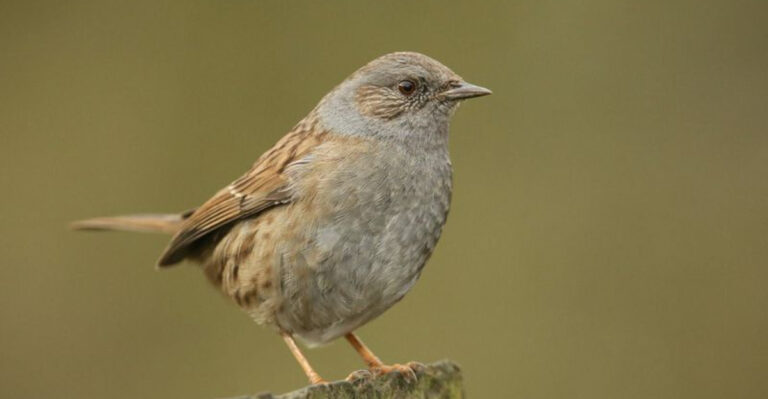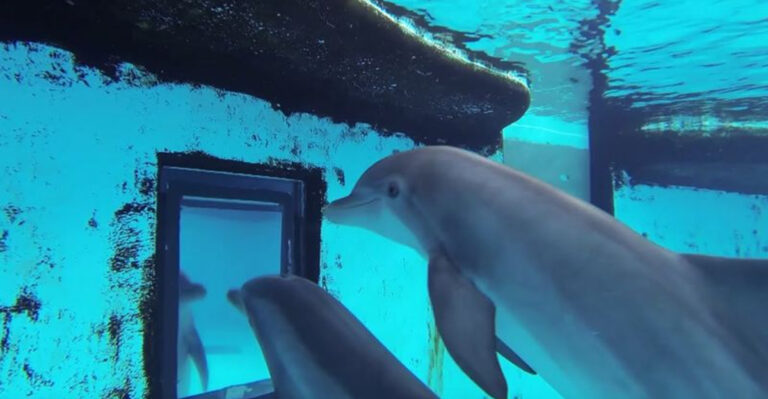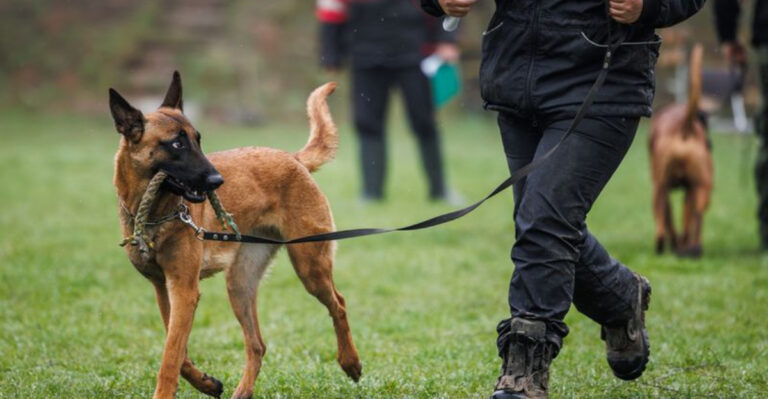16 Amazing Animals That Communicate Through Colors
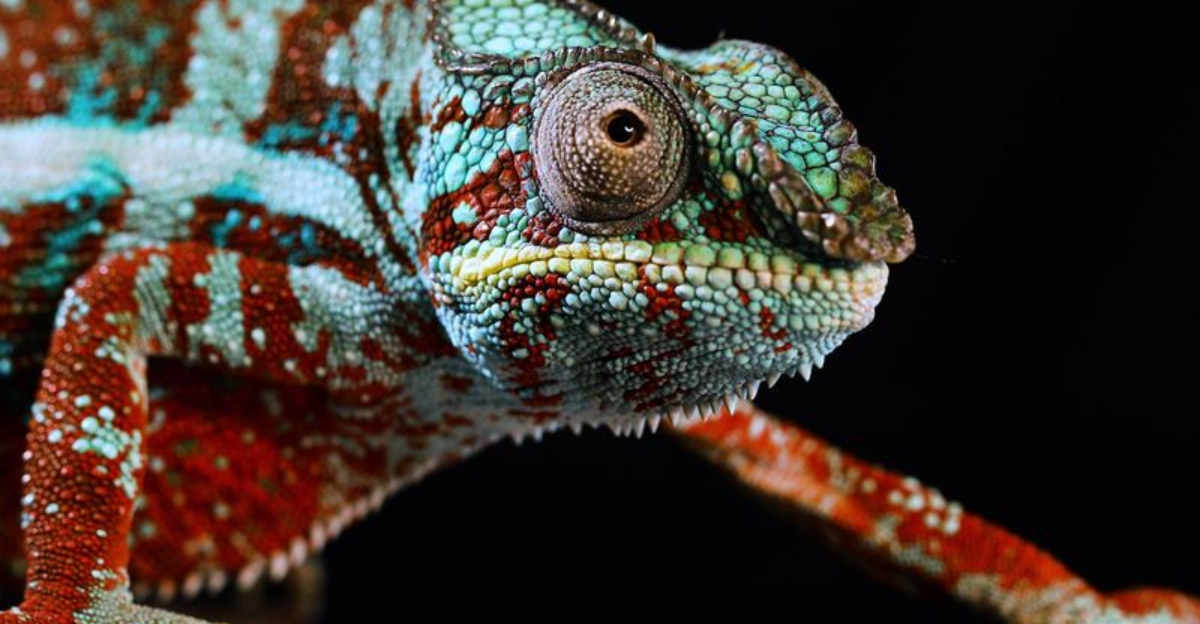
Have you ever wondered how animals chat without saying a word?
Well, some use the vibrant language of colors! From the depths of the ocean to the heights of the trees, these creatures have mastered the art of visual signals.
1. Peacock
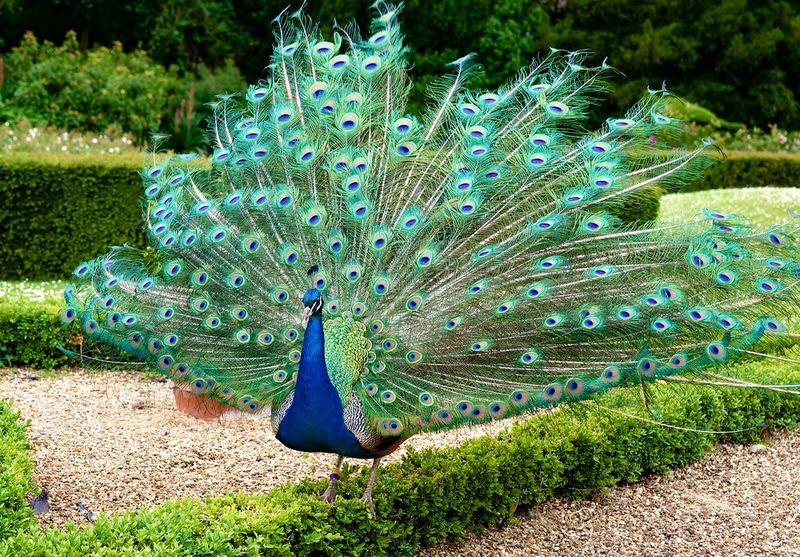
Imagine having a wardrobe that dazzles any onlooker. Peacocks do just that with their spectacular tails. Those vibrant feathers aren’t just for show – they’re a bold statement in the world of love! When a male peacock fans out his iridescent tail, he’s essentially saying, “Look at me! I’m the best mate in town!”
These colors aren’t random. Each hue serves a purpose, catching the eye of potential mates and warding off rivals. Nature’s fashion show at its best!
2. Cuttlefish
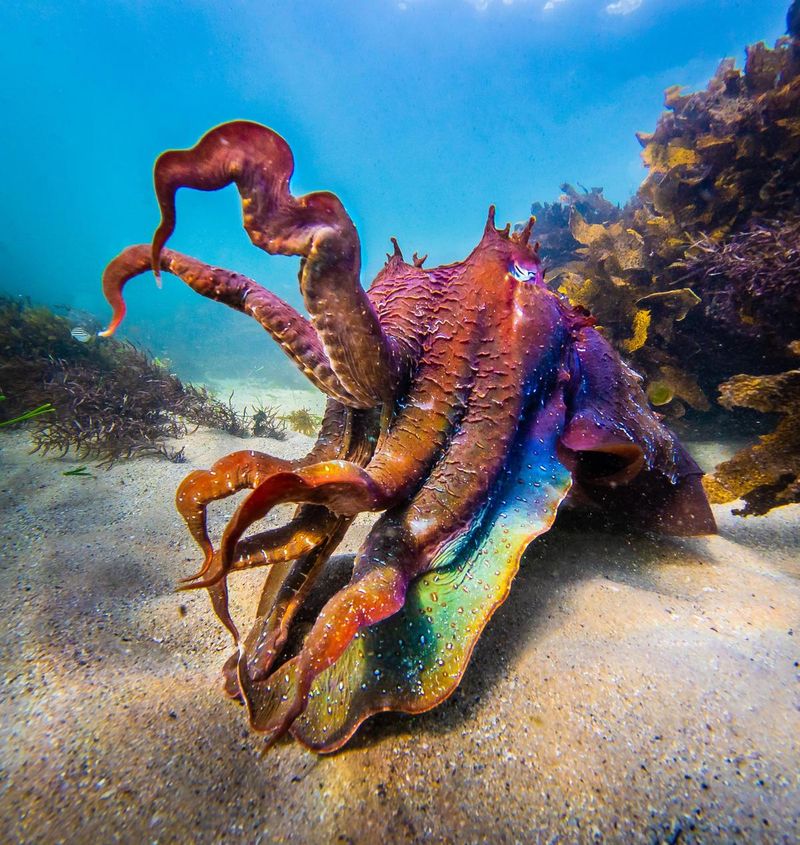
Ever seen a creature that can change its outfit in seconds? Meet the cuttlefish! These marine wonders are the chameleons of the sea, shifting their skin patterns like magic.
When a cuttlefish changes its hue, it could be chatting with a neighbor or blending into a coral backdrop.
This color code is their way of navigating the ocean’s social scene, avoiding predators, or attracting a cuttle-cutie.
3. Chameleon
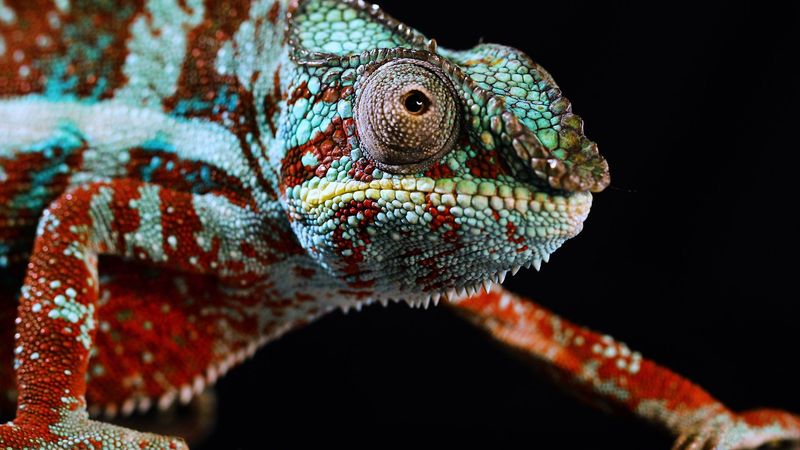
Think you’d enjoy blending into your surroundings? Chameleons have perfected this art. But it’s not just about hiding; it’s a colorful conversation!
These lizards turn shades of green, yellow, or blue, signaling moods and mingling with mates.
4. Mandrill
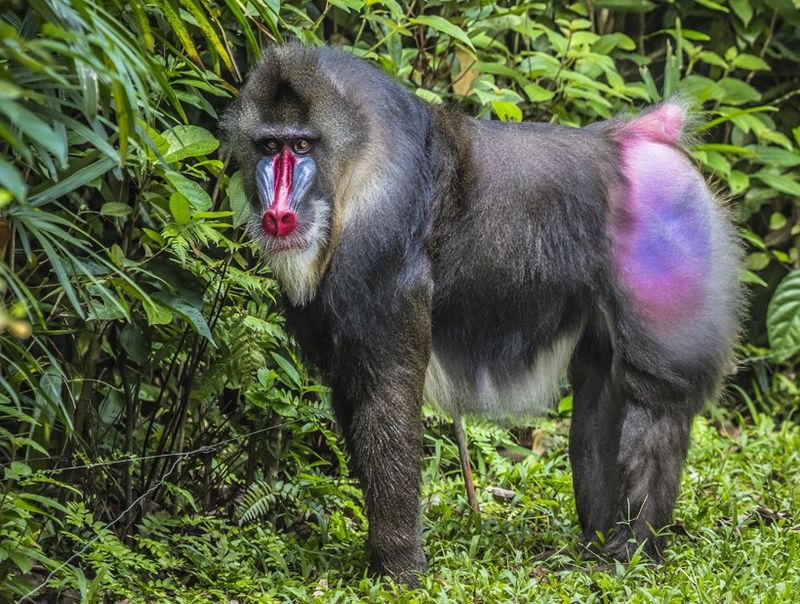
Picture a face painted with the boldest colors of the rainbow. That’s the mandrill for you! Those striking facial hues aren’t just for selfies—they’re a social signal.
In the mandrill world, bright colors on the face and rump are the sign of a dominant male. It’s like wearing a badge of honor, declaring leadership and health.
These vivid markings help mandrills navigate their complex social structures.
5. Octopus
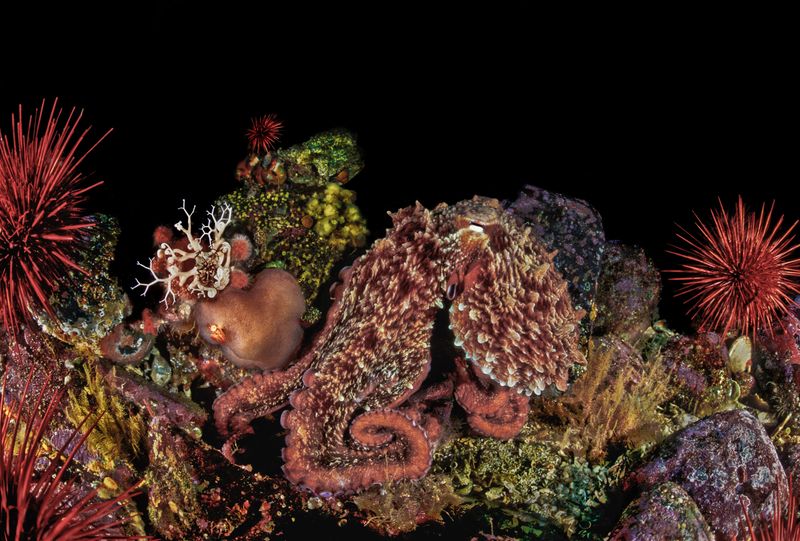
Ever wish you could disappear in a crowd? Octopuses have mastered this trick with their color-changing skin. It’s not just about hiding; it’s a unique form of underwater communication.
Whether they’re feeling feisty or friendly, octopuses express themselves through a spectrum of colors.
Their ability to blend and signal is a testament to nature’s creativity, painting vivid stories beneath the waves.
6. Siamese Fighting Fish
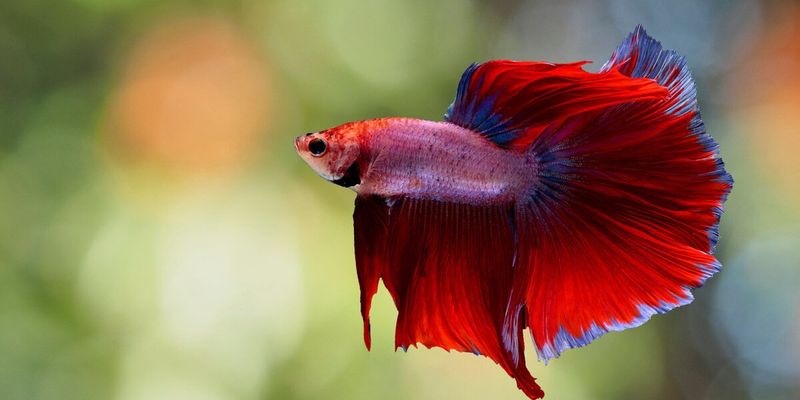
If underwater drama had a mascot, it would be the Siamese fighting fish. With colors as vibrant as their personalities, these fish use their striking looks to communicate strength and territory.
Their vivid reds and blues aren’t just for show—they’re a bold broadcast to potential rivals and mates. In the aquatic world of the fighting fish, color is power, and it’s a spectacle worth watching.
7. Flamingo
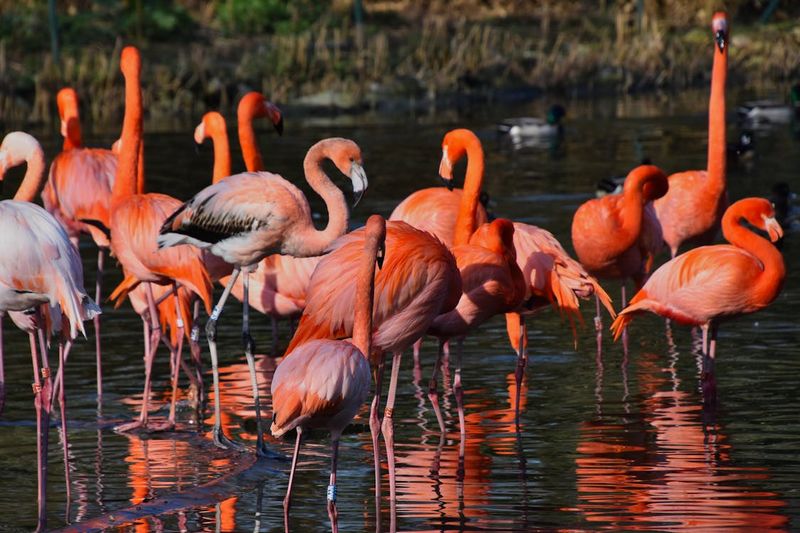
Pink isn’t just a color; it’s a lifestyle for flamingos. Their enchanting hue is a result of their diet, and it’s a color that communicates health and vitality.
In flamingo society, the brighter the pink, the more attractive the bird. It’s nature’s way of saying, “I eat well, and I’m thriving!” This color conversation keeps flamingo communities vibrant and connected.
8. Blue Ringed Octopus

Tiny but lethal, the blue-ringed octopus has a warning system that’s hard to miss. Those glowing blue rings are a clear signal: “I’m dangerous, keep your distance.”
With venom powerful enough to harm humans, this octopus uses its colors not just as a warning, but as a survival tool. It’s a beautiful reminder that sometimes, nature’s tiniest creatures have the most to say!
9. Lionfish
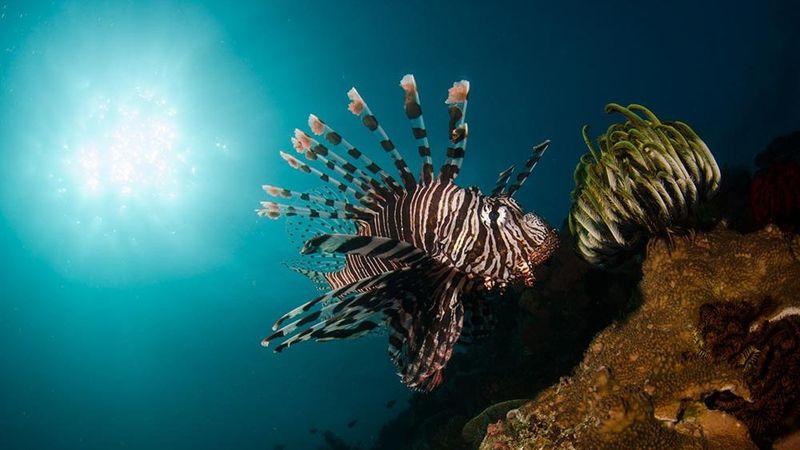
Ever seen a fish that looks like a piece of living art? The lionfish with its striped attire is a sight to behold. But those stripes aren’t just for style; they’re a warning.
In the oceanic community, lionfish declare, “Handle with care!” Their striking patterns and venomous spines are a testament to their wild beauty and defensive prowess. It’s a visual symphony of survival.
10. Monarch Butterfly

Monarch butterflies are the royalty of the insect world, with wings that narrate tales of migration and survival. Their bright orange and black patterns aren’t just eye-catching—they’re a warning to predators.
These colors signify that monarchs are toxic, thanks to the milkweed they consume. It’s a brilliant strategy: be beautiful, but also untouchable.
Monarchs are living proof that sometimes beauty is best left admired from afar.
11. Coral
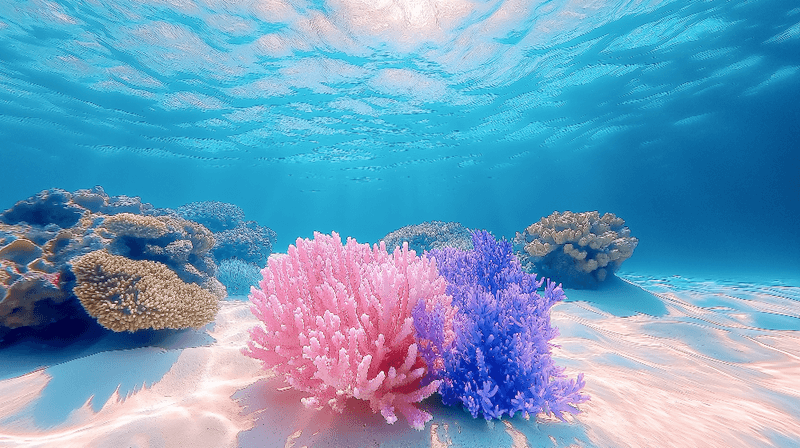
Coral reefs are nature’s underwater tapestries, bursting with colors that communicate health and vitality. These vibrant structures are the living quarters for countless marine species.
When corals show their brightest hues, it’s a sign of a thriving ecosystem. But if they turn pale, it’s a distress call, signaling environmental stress.
These colors serve as an aquatic heartbeat, reflecting the ocean’s wellbeing.
12. Lovebird
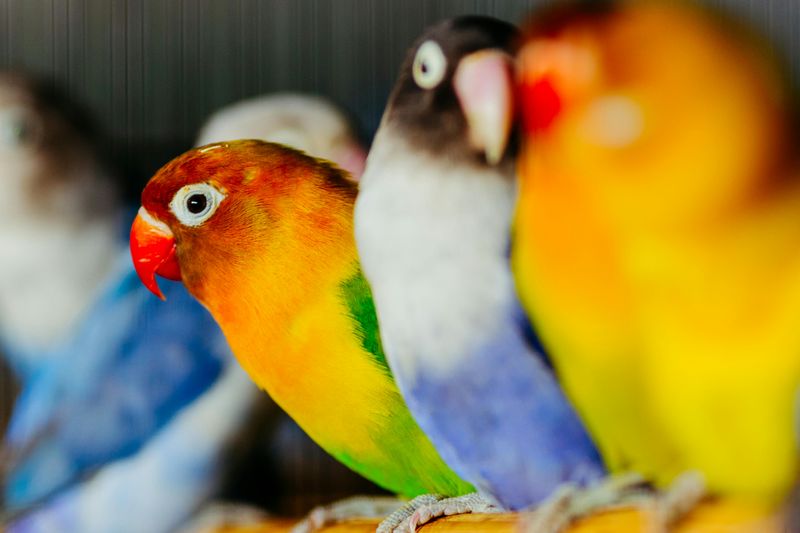
Lovebirds are more than just a name; their colors tell tales of affection and partnership. These little parrots are social creatures, and their vibrant feathers play a role in mate selection.
With hues ranging from green to peach, lovebirds’ plumage is a romantic gesture in the avian world. Their colorful display isn’t just about looks; it’s a love letter to their partners, saying, “I choose you every day.”
13. Sea Slug
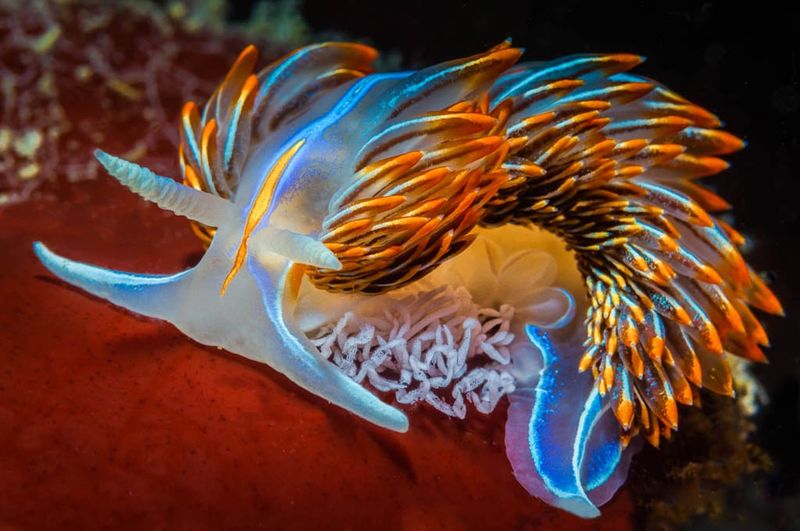
Who knew slugs could be so fashionable? Sea slugs, or nudibranchs, sport some of the ocean’s most eye-popping colors. These vivid patterns are more than just decoration; they’re a message.
Whether warning predators of their toxicity or blending into their environment, sea slugs use color as both shield and spotlight. They’re a reminder that beauty and brains often go hand in hand beneath the waves.
14. Parrot
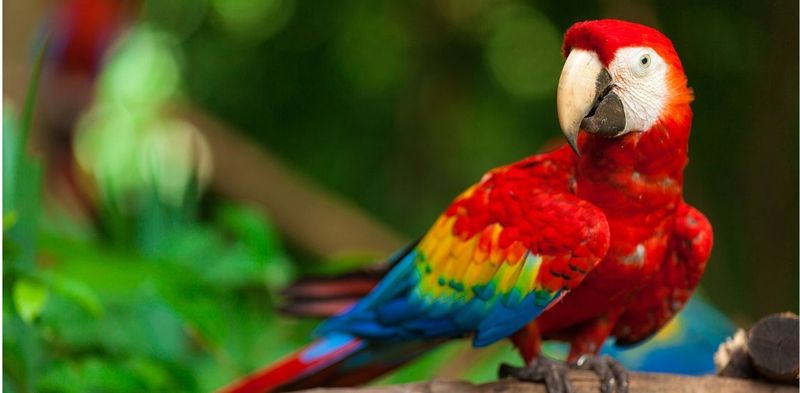
Parrots are the chatterboxes of the bird world, and their plumage is as loud as their calls. These birds flaunt rainbow hues that aren’t just for show—they’re part of parrot society.
Their colorful feathers help identify individuals and signal their health. In the wild, a parrot’s plumage is its social media profile, broadcasting status and attracting mates with every flash of color.
15. African Cichlid
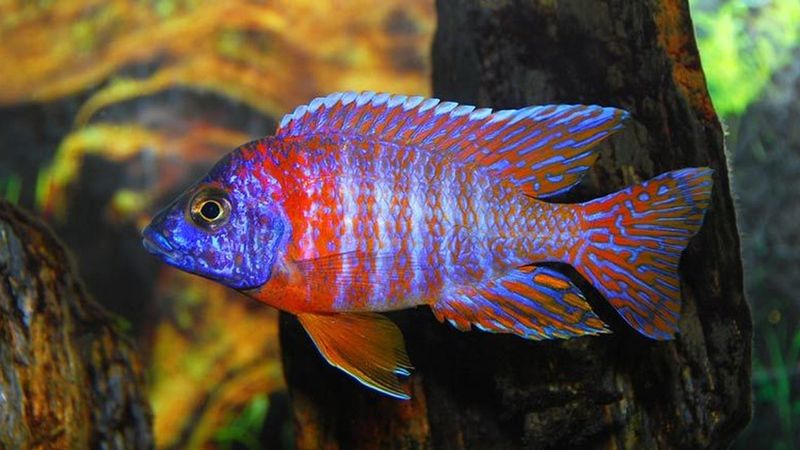
African cichlids are the divas of the freshwater world, sporting scales that shimmer in blues and yellows. These colors aren’t just about looking good—they’re vital for communication.
In their underwater communities, colors reflect mood, readiness to mate, and territorial claims. It’s a colorful dance of assertiveness and attraction, making every swim a social event.


